Advancements in Injection Techniques
Innovations in injection techniques significantly impact the facial injectors market, enhancing both safety and efficacy. Techniques such as micro-cannula and ultrasound-guided injections are gaining traction, allowing for more precise application and reduced risk of complications. These advancements not only improve patient outcomes but also increase practitioner confidence, thereby expanding the market. In the US, the adoption of these techniques is expected to contribute to a projected market growth of 12% annually over the next five years. As practitioners become more skilled in these advanced methods, the facial injectors market is likely to witness a shift towards higher-quality services, attracting a broader clientele seeking reliable and effective treatments.
Expansion of Aesthetic Clinics and Spas
The proliferation of aesthetic clinics and spas across the US serves as a significant driver for the facial injectors market. As more establishments offer specialized services, accessibility to facial injectors increases, attracting a diverse clientele. This expansion is reflected in the estimated growth of the aesthetic services sector, which is projected to reach $20 billion by 2025. The rise of boutique clinics that focus on personalized care and high-quality treatments further enhances the appeal of facial injectors. Additionally, the integration of advanced technologies in these facilities contributes to improved patient experiences, thereby fostering loyalty and repeat business. Consequently, the facial injectors market is likely to benefit from this trend, as more consumers seek convenient and effective aesthetic solutions.
Rising Awareness of Anti-Aging Solutions
The growing awareness of anti-aging solutions among consumers is a pivotal driver for the facial injectors market. As individuals become more informed about the benefits of facial injectors, particularly in combating signs of aging, the market is poised for substantial growth. In the US, the anti-aging segment is anticipated to account for over 60% of the total facial injectors market by 2025. This trend is further supported by an aging population that increasingly seeks non-surgical options to maintain a youthful appearance. The emphasis on preventive care and early intervention in aesthetic treatments is likely to bolster demand, positioning the facial injectors market as a key player in the broader beauty and wellness industry.
Increasing Demand for Aesthetic Enhancements
The facial injectors market experiences a notable surge in demand as consumers increasingly seek aesthetic enhancements. This trend is driven by a growing societal acceptance of cosmetic procedures, particularly among younger demographics. In the US, the market for facial injectors is projected to reach approximately $3 billion by 2026, reflecting a compound annual growth rate (CAGR) of around 10%. This rising demand is fueled by the desire for non-invasive solutions that offer immediate results with minimal downtime. As more individuals prioritize their appearance, the facial injectors market is likely to expand, attracting both new clients and seasoned users. Furthermore, the influence of social media and celebrity endorsements plays a crucial role in shaping public perception, thereby propelling the market forward.
Influence of Social Media and Marketing Strategies
The impact of social media and innovative marketing strategies on the facial injectors market cannot be overstated. Platforms such as Instagram and TikTok have become vital channels for promoting aesthetic treatments, allowing practitioners to showcase results and engage with potential clients. This digital presence not only raises awareness but also drives demand, particularly among younger audiences who are influenced by online trends. In the US, it is estimated that over 40% of consumers discover aesthetic services through social media. As marketing strategies evolve to leverage these platforms, the facial injectors market is likely to see increased visibility and growth. The ability to connect with clients through targeted campaigns and influencer partnerships may further enhance market dynamics, creating a robust environment for expansion.


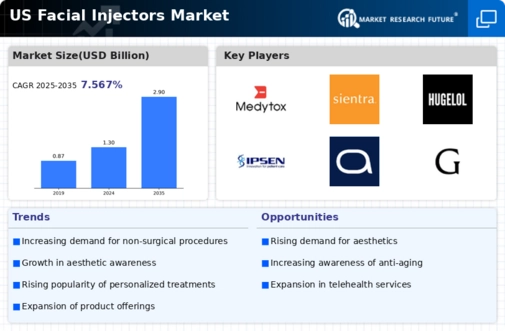
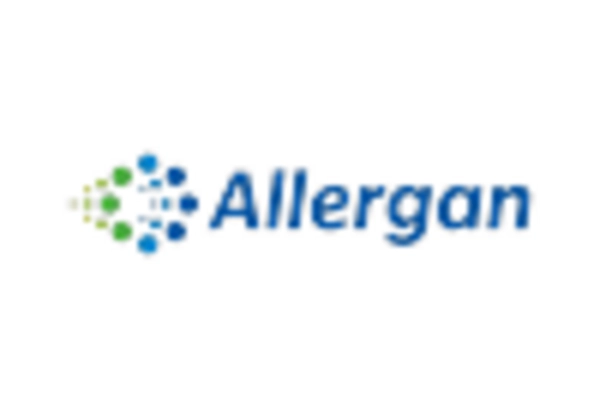
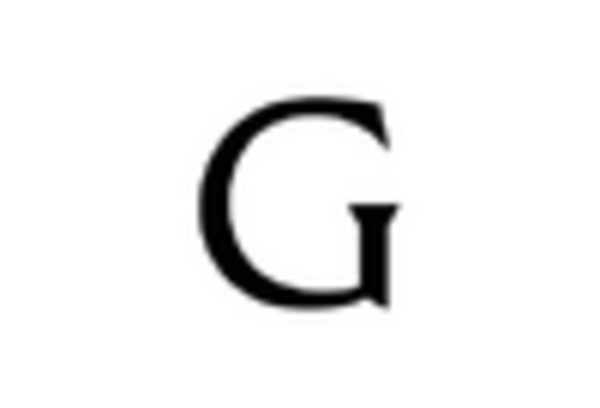
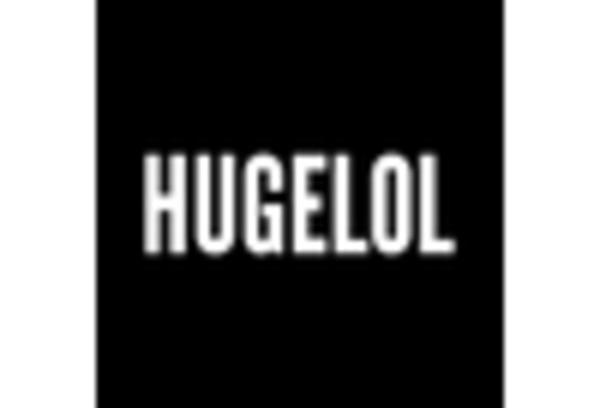
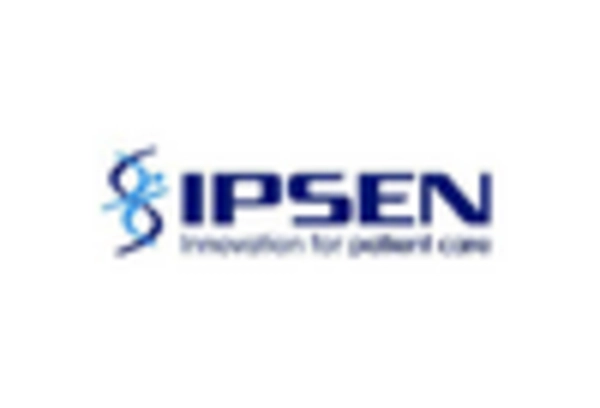

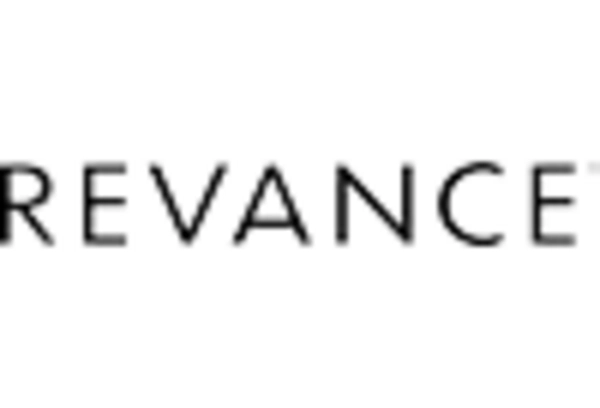








Leave a Comment